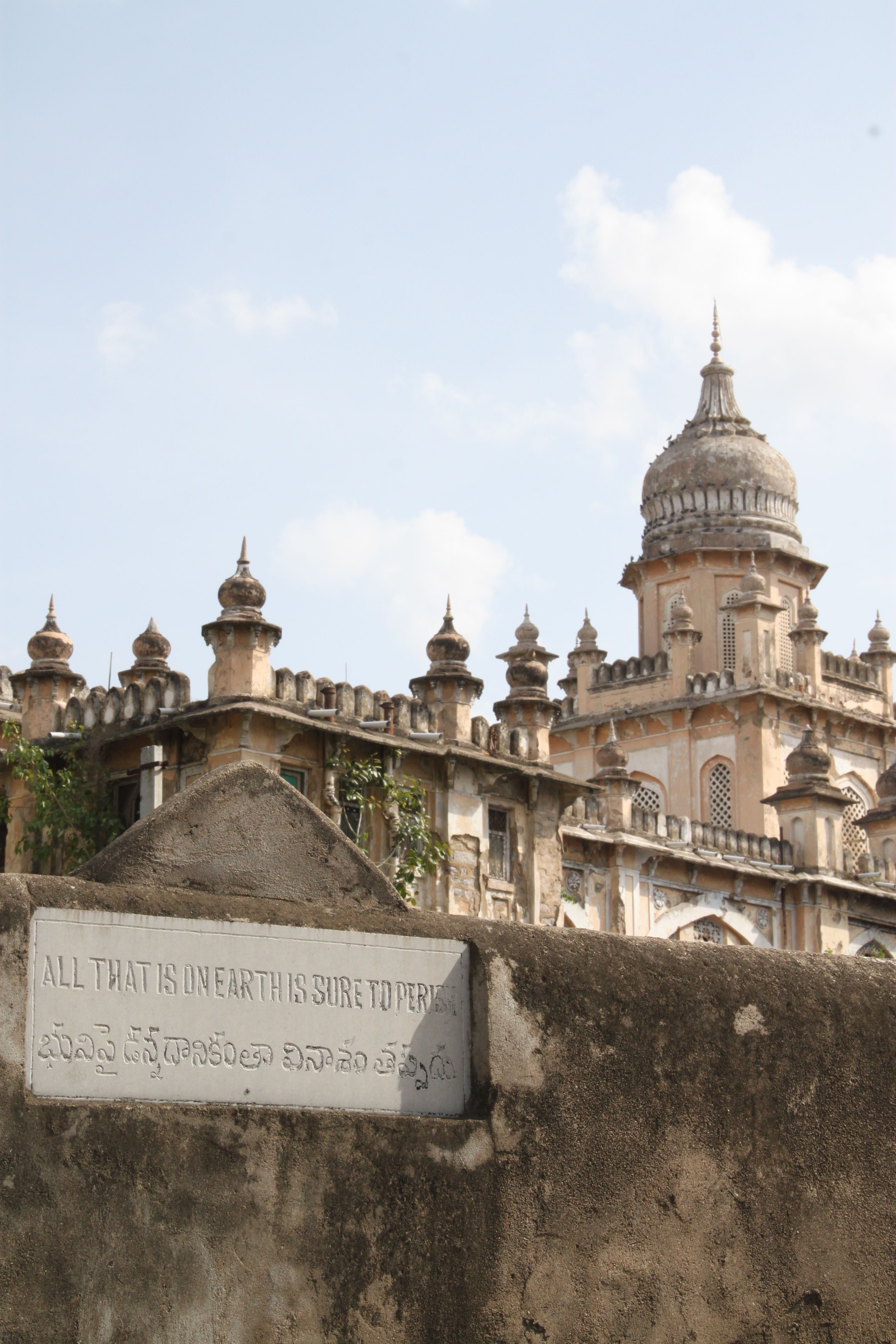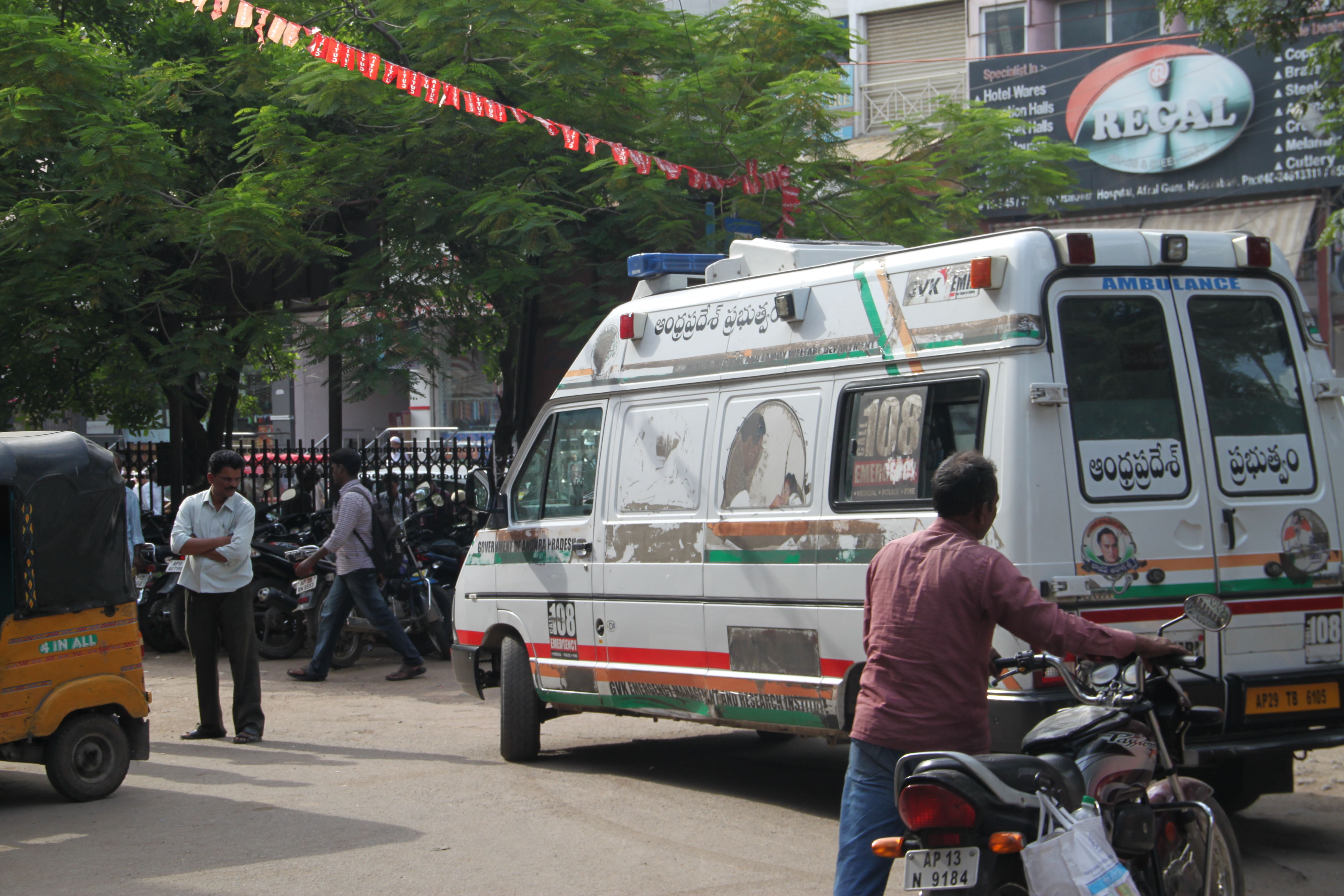Hyderabad is a boom town, thriving on wealth generated by the IT sector. The names of wealthy neighborhoods — Paradise, Jubilee Hills, HiTech City — all suggest that the good life in the city is very good indeed.
But the IT boom has not lifted all boats. Nowhere is this more evident than the healthcare sector, where private hospitals benefit from government land grants and public insurance programs, while public hospitals struggle simply to keep their wards lit. Many poor families choose to go into debt rather than go to a public hospital, and this debt is one of the top causes of poverty in the region.
“Health is the birthright of every citizen” says C.G. Raghuram, chief anesthesiologist at Osmania Hospital, but it is a birthright often denied to the poorest of the poor.































